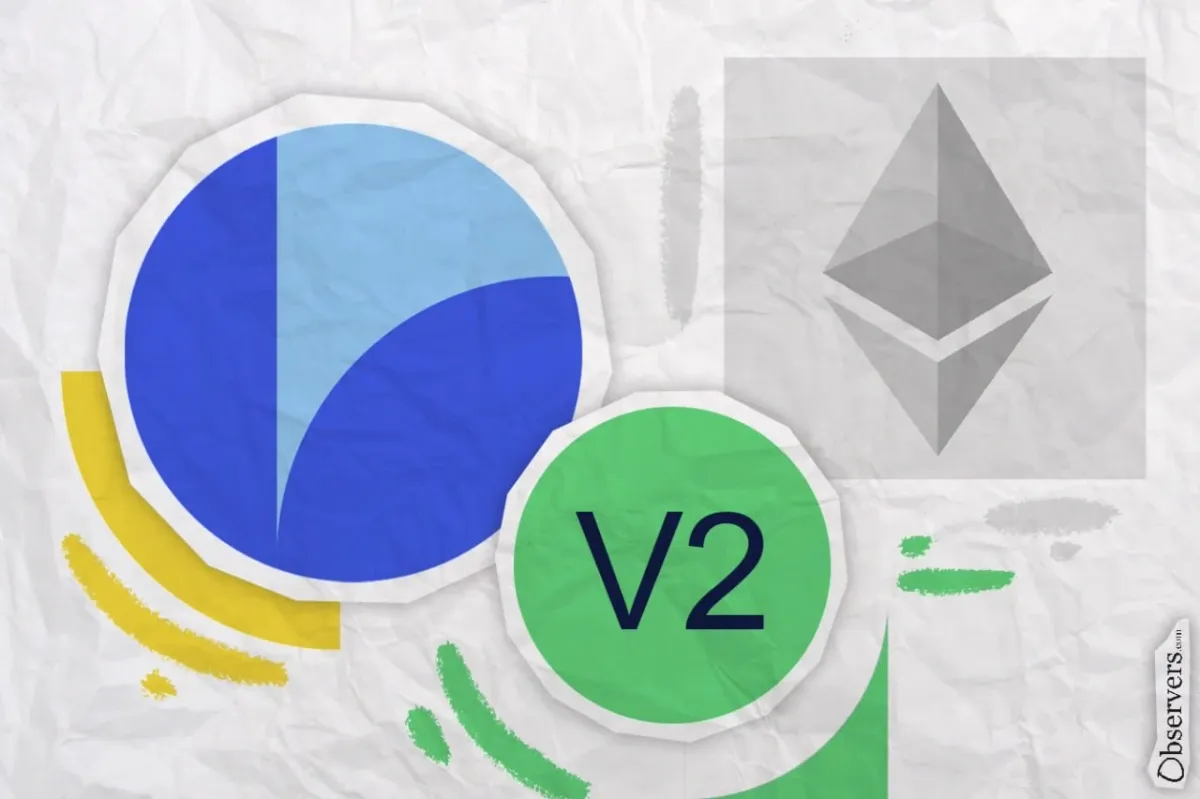
Liquity, a borrowing and stablecoin protocol built on Ethereum, has relaunched the second version of its platform. Although V2 initially launched in February, it was paused shortly afterward when the team discovered issues in the liquidity pools. Users were asked to withdraw their funds, resulting in approximately $17 million in outflows. Since then, Liquity has undergone additional audits, re-testing, and updates to improve system stability ahead of the relaunch.
The origin of Liquity dates back to 2019, when Robert Lauko, a former researcher at DFINITY, began conceptualizing the protocol. He later partnered with Rick Pardoe, a Solidity developer, to bring the idea to life.

Liquity officially launched in April 2021, backed by seed funding from prominent investors such as Polychain Capital and Pantera Capital. The protocol was designed to address limitations in existing stablecoin lending systems by offering a more decentralized and capital-efficient alternative.
Launched with Liquity V1, LUSD is a USD-pegged stablecoin that allows users to borrow against ETH collateral without paying interest. The protocol requires a minimum collateral ratio of 110%, making it highly capital-efficient. LUSD is fully decentralized, immutable, and governance-free, ensuring that no central authority can alter its core mechanics. It maintains its peg through a combination of direct redemption mechanisms and a Stability Pool, funded by LUSD depositors who earn liquidation gains and LQTY rewards.
Liquity V2 introduced a new USD-pegged stablecoin called BOLD, which allows users to borrow against liquid staking tokens (LSTs) like wstETH and rETH, in addition to ETH. Borrowers can now set their own interest rates and collateralization ratios—something rarely seen in DeFi lending platforms. This flexibility gives users more control over their borrowing costs. Additionally, all revenue generated from lending is distributed to BOLD holders, rather than being directed to the team or a centralized treasury.
BOLD Stablecoin
A defining feature of BOLD is its programmed monetary policy, which adjusts borrowing incentives based on the token's market price relative to $1. If BOLD trades above $1, borrowing becomes more attractive, increasing the supply and bringing the price down. Conversely, if BOLD trades below $1, the protocol increases borrowing costs, discouraging supply and helping to restore the peg.
By contrast, stablecoins like LUSD maintain a hard peg through a fixed redemption mechanism: anyone can redeem 1 LUSD for $1 worth of ETH from the protocol at any time. This creates arbitrage opportunities when LUSD trades below $1. Overcollateralization and Stability Pools ensure that sufficient funds are available for redemptions, even during periods of market volatility.
With BOLD's dynamic monetary policy, there is less reliance on redemption mechanisms. This allows the system to operate with reduced overcollateralization and smaller stability pools, lowering capital costs and increasing efficiency for users.

